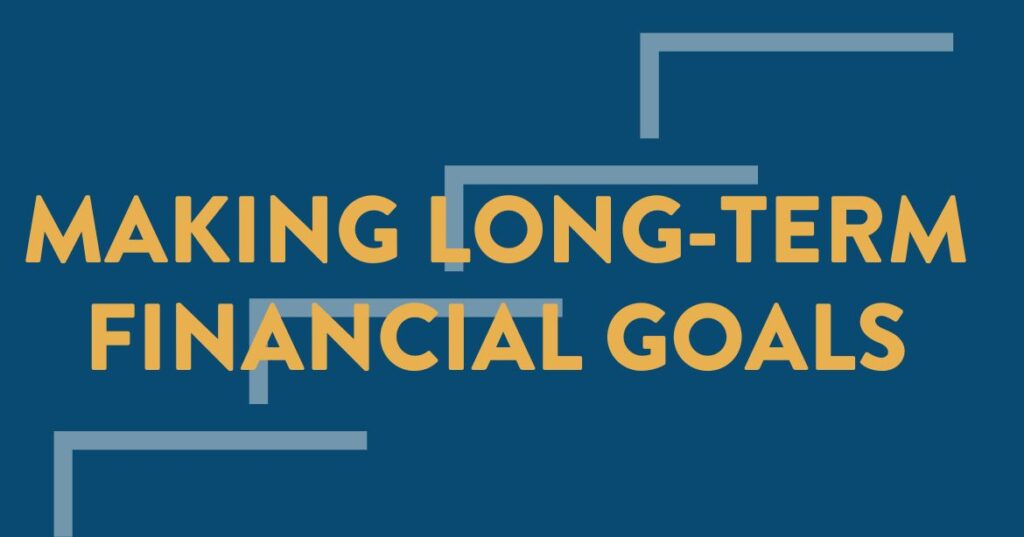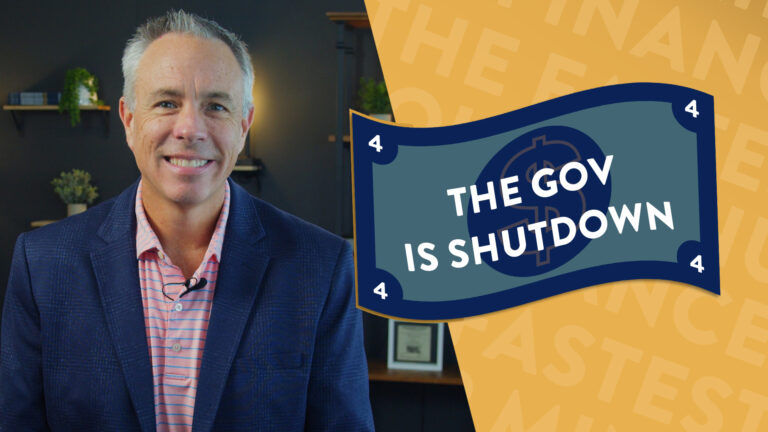Setting long-term financial goals is your first step toward financial independence. Knowing what you’d like to achieve with your money lets you create a financial roadmap. Whether it’s leaving a legacy for your kids and grandkids or building wealth with savvy investment strategies, concentrating on the big picture can help guide you toward a brighter financial future.
Let’s explore some examples of financial goals and steps you can take to achieve your long-term objectives.
What Is a Good Long-Term Financial Goal?
Financial goals are any plans you have for your money, both now and in the future. Long-term goals are targets that improve your financial situation over time. Without these clear objectives, it’s easy to miss various financial opportunities that come your way.
A good long-term financial goal is:
- Specific: Avoid vague language. Personalize your goals by adding details specific to your life.
- Time-bound: Give yourself a deadline. With long-term goals, time is on your side, as they typically take over five years to achieve.
- Measurable: It’s easy to lose steam when pursuing long-term goals. A few measurable intermediary goals can help gauge your progress. For example, paying off your credit card is a great first step if you want to be completely debt-free.
5 Steps for Setting Financial Goals
If you’re unsure where to start, consider these five steps to set long-term financial goals:
- Assess: Evaluate your current financial situation, including your income, expenses, savings, and investments.
- Prioritize: Think about what you want to accomplish with your money and record your ideas. Put the highest priorities first.
- Examine motives: Behind every goal is a deeper motivation. Whether protecting your loved ones or creating a legacy, reflect on each goal’s purpose.
- Make a plan: List the steps it will take for you to achieve your financial goal. This may require the help of a financial advisor.
- Revisit: Your long-term financial goals will evolve, so review your list regularly or any time your financial situation changes.
Examples of Long-Term Financial Goals for Older Adults
As you near retirement, your priorities change. You’re no longer looking to buy a house or start a college fund for your kids. Your golden years are the time to make the most of the resources you’ve accumulated.
Here are some popular examples of long-term financial goals:
- Become debt-free: Paying off your mortgage and other outstanding debts is essential if you’re ready to leave the workforce. This is many older adults’ first long-term goal toward financial freedom.
- Plan for retirement: From income budgeting and expense downsizing to travel plans or long-term care scenarios, it’s important to prepare for your next chapter.
- Refine your estate plan: From wills to trusts and everything in between, advanced planning helps manage and transition your estate if you pass or become incapacitated.
- Provide financial security after your passing: Finding the right life insurance policy can help support your loved ones after your death.
- Establish generational wealth: Building wealth takes time and work. Working with financial advisors who can guide you in investment planning strategies can help grow your wealth to leave a legacy.
The Right Financial Advisor Can Help
GenWealth Financial Advisors can help you discover, protect, and share true financial independence with your loved ones. As you reach retirement age, our tailored services help you develop and shape your financial goals, prioritizing what matters most to you. We can help you adapt your strategies to stay on track as time continues.
Let’s refine your long-term financial goals. Contact us online to request an appointment with a GenWealth advisor.






